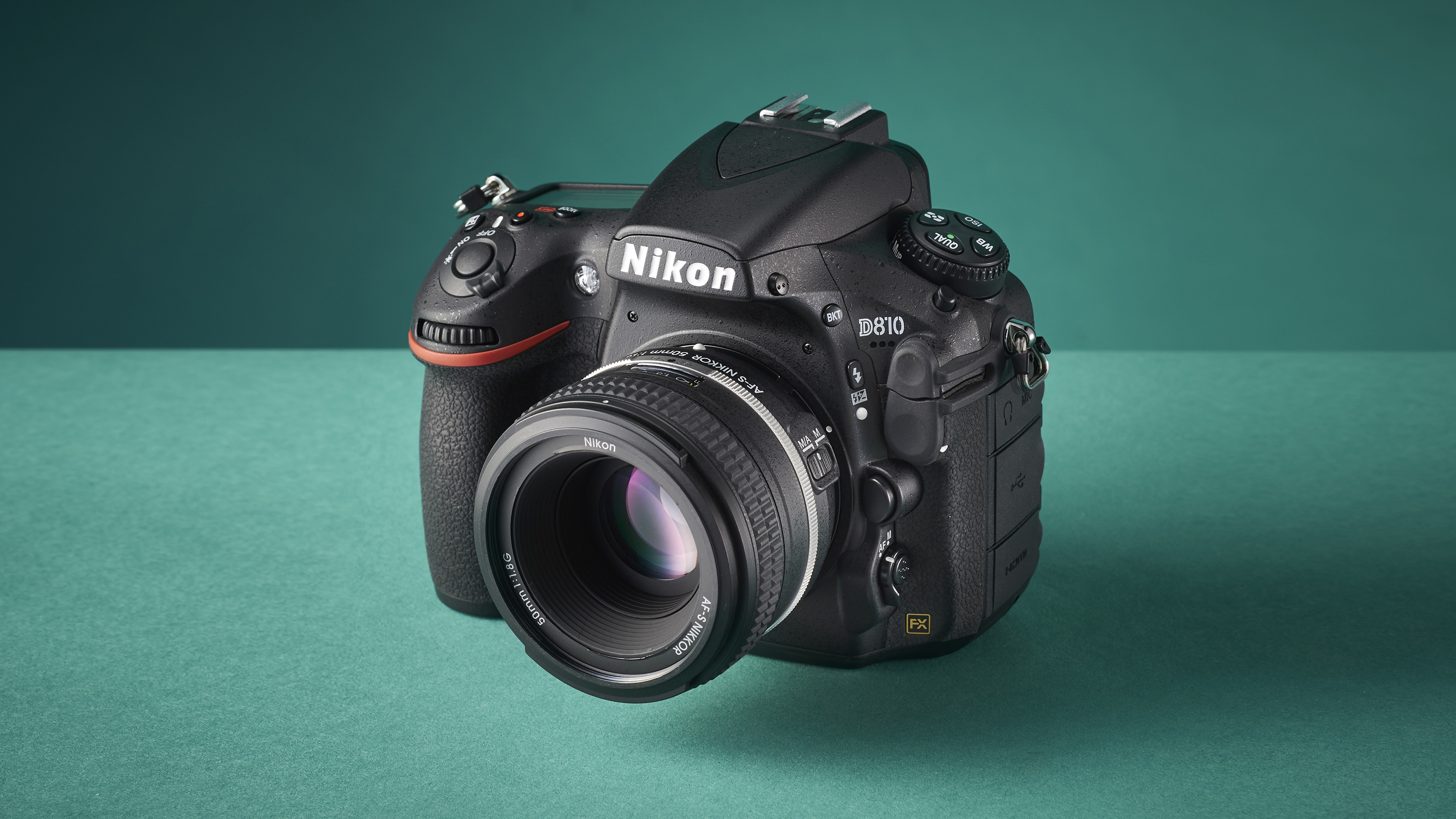Why you can trust TechRadar
So just how different is the D810 to the D800 and D800E that went before it? On paper, they do look rather similar, but the differences lie in a myriad of details. Here are ten key changes that may not seem much on their own but really do add up.
01 D810 Sensor
The D810 has a 36-megapixel full-frame sensor, just like the D800/D800E before it, but Nikon says the sensor is 'newly designed'. One key element is the removal of the anti-aliasing function from the low-pass filter in front of the sensor – it turns out the old D800E simply had a weakened anti-aliasing effect, and it wasn't removed entirely.
02 Expeed 4 processor
This is the name of Nikon's in-camera image processing hardware. The D810 uses a newer and more powerful Expeed 4 version the Expeed 3 processor in the D800/D810, and this allows two key improvements: faster continuous shooting and a higher ISO range.
03 D810 continuous shooting
The D800/D800E could shoot at 4 frames per second, which wasn't bad for a high-resolution camera designed mainly for static subjects – but it did restrict its versatility just a little. The D810 can shoot slightly faster at 5 frames per second, so it's still no action camera but, as any pro will attest, any small gain is a gain worth having – taken in conjunction with the higher ISO range, the D810 is more versatile than its predecessor.
04 New D810 shutter mechanism
This contributes to the higher frame rate. The new shutter/mirror box assembly reduces viewfinder blackout while the electronic 'front' shutter helps reduce vibrations in mirror-up mode – which is ideal for still life, macro or product shots, for example.
05 D810 ISO range
The D800/D800E had a maximum (non-expanded) ISO of 6400, but the D810 goes one stop further to ISO 12800. This can be attributed, we presume, to the 'newly designed' sensor and the improved Expeed 4 image processing. It also goes a little lower, to ISO 64. This will please photographers looking for the best quality possible, and the slowest possible shutter speeds for blurred skies and water in landscape shots, and wider lens apertures/better background blur in portrait shots, for example.
06 D810 Battery life
Nikon has evolved the EN-EL15 battery in the D800/D810 into an EN-EL15a version. So what? Well, it gives the D810 a 33% boost in battery life, that's what – that means up to 1200 shots on a single charge. It's not headline tech, but for a pro user that's a significant gain.
07 Nikon Raw S format
At first sight, Nikon's small raw file format looks a bit odd – who wants to shoot high-quality quarter-size raw files? Stills photographers, probably not, but stop-frame animators who want the quality of raw files will be very happy.
08 D810 video features
The D810 can record video at 60/50p, offers a zebra display mode for highlight burnout warnings and better audio control. There's also a new 'Flat' Picture Control with reduced sharpening and contrast to give a better starting point for post-capture grading.
09 Nikon Picture Control 2.0
Nikon's Picture Controls won't be of any great interest to those who shoot only raw since they only apply to in-camera JPEGs. Even so, the new Clarity option in the Picture Controls is worth a look because it adds a localised contrast boost that can make images really jump out – especially in black and white.
10 D810 design changes
The screen size stays the same at 3.2 inches, but the resolution goes up from 921k dots to 1229k dots. This can now show a split-screen zoom view for checking sharpness in different parts of the picture at the same time. Elsewhere, a few tweaks to the body and controls are intended to improve the ergonomics without upsetting existing D800/D800E users.
Current page: Nikon D810 vs D800/D800E: what's the difference?
Prev Page Introduction and key features Next Page Build and handling